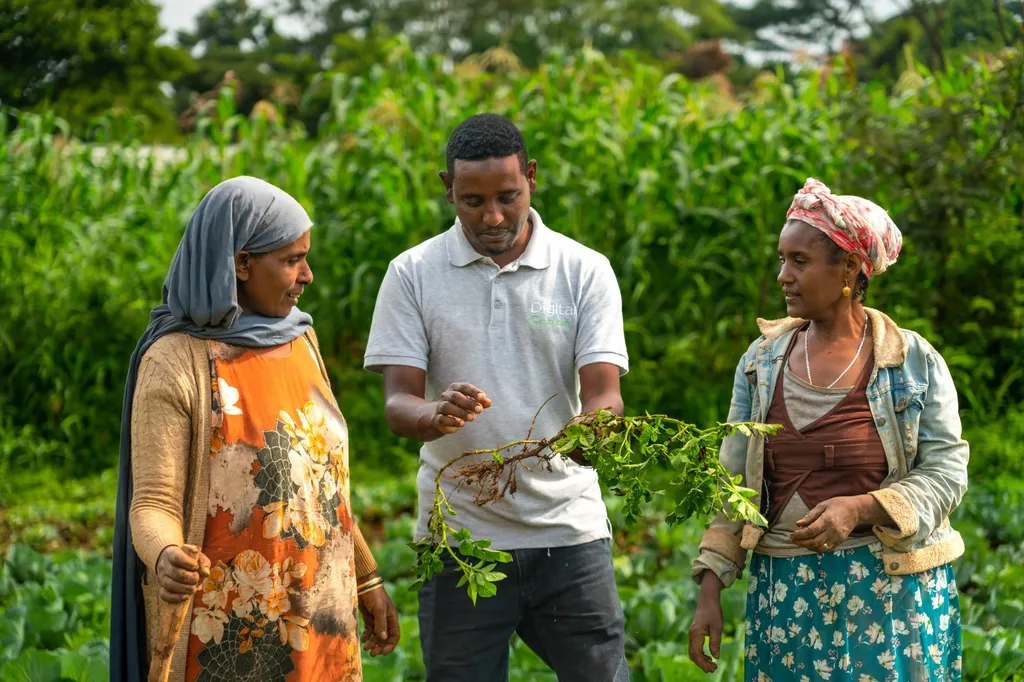In the heart of Kenya, where the ebb and flow of food prices can make or break livelihoods, a groundbreaking study is offering a glimmer of hope. Researchers have successfully harnessed the power of machine learning to predict food prices with unprecedented accuracy, potentially revolutionizing the way agricultural stakeholders and policymakers navigate the volatile market.
The study, led by Benard O. Ogol of @ilabAfrica at Strathmore University in Nairobi, Kenya, combines XGBoost and gradient boosting algorithms to create a hybrid model that outperforms standalone predictors. By analyzing data from the World Food Programme, the Central Bank of Kenya, and other sources, the model achieves a remarkable mean absolute error of just 0.1050, with an R-squared value of 0.9940. This means the model explains 99.4% of the variability in food prices, a feat that could significantly enhance decision-making processes.
“Our model doesn’t just predict prices; it provides a robust tool for understanding the intricate factors driving food price volatility,” Ogol explains. The feature importance analysis using SHapley Additive exPlanations (SHAP) revealed that unit quantity, price type, commodity, and currency are the most influential factors, while geographical elements like county have a lesser impact.
The implications for the agriculture sector are profound. Accurate food price predictions can empower farmers to make informed decisions about what to plant, when to sell, and at what price, ultimately enhancing their profitability and food security. For policymakers, this tool offers a data-driven approach to planning and intervention, helping to mitigate the risks of food insecurity and malnutrition.
The model’s deployment on a web application further democratizes access to this powerful predictive tool, making it accessible to a wide range of stakeholders. “This is not just about predicting prices; it’s about empowering communities and fostering economic stability,” Ogol adds.
The study, published in *Frontiers in Artificial Intelligence*, represents a significant leap forward in the application of machine learning to agricultural economics. As the technology continues to evolve, it is poised to shape future developments in the field, offering new ways to tackle the challenges of food price volatility and insecurity.
In a world where food security is increasingly under threat, this research offers a beacon of hope, demonstrating the transformative potential of data-driven decision-making. As Ogol and his team continue to refine and expand their model, the agricultural sector can look forward to a future where volatility is met with resilience and foresight.

